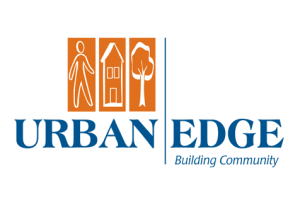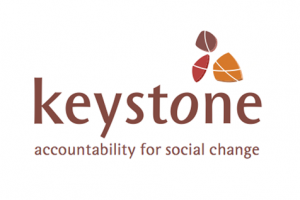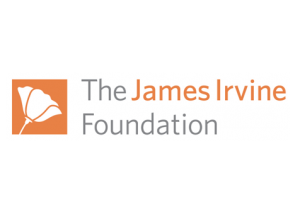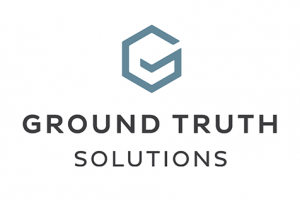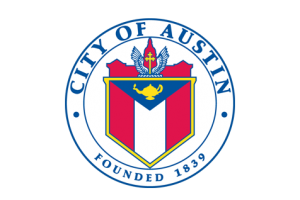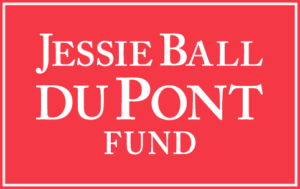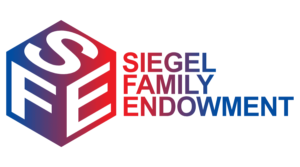Learn how to collect and act on feedback in high-quality, inclusive ways and create a custom action plan to achieve your feedback goals. Gain the knowledge, skills, and tools nonprofits, foundations, and institutions need to listen well in this fast-paced, interactive course.
Upcoming Crash Courses:
The thing that I enjoyed the most was just how action-oriented it was, really giving us that road map, walking us through each step of this practice.
– Jonathan Brack, Fund for Shared Insight
Course Elements
- Evaluate your current feedback practice using the Feedback Quiz
- Gain practical resources for each step of the feedback loop
- Learn from a case study organization throughout the course
- Collaborate with peers in breakout groups
- Receive one-on-one coaching at instructor office hours
- Create a custom feedback plan
- Complete the Certification Exam and become a certified practitioner
Impact
We monitor impact to ensure that the Crash Course is helping organizations improve their feedback practices and make real organizational changes as a result. Our Crash Course Impact Assessment Report revealed that:
- A vast majority of participants would strongly recommend the course
- Participants feel more confident in their feedback skills
- Participants are making tangible progress on their goals
- Read Crash Course success stories here.
“Feedback is now at the core of what we do and at the forefront of what we do. It is what we think about as we are evolving our core program and alumni programming.”
– Linda Nguyen, Executive Director at First Workings
Curriculum
- Establish a supportive learning environment;
- Assess your current feedback practice;
- Celebrate the knowledge that already exists in the room.
- Articulate the definition of perceptual feedback;
- Understand the common myths that hold us back from high-quality feedback;
- Describe the benefits and impact of feedback.
- Identify the stakeholders you need buy-in from;
- Consider strategies for fostering buy-in;
- Understand the contextual factors that impact your feedback design.
- Identify the best data collection tool for your audience;
- Begin to craft actionable, engaging feedback questions.
- Identify different quantitative and qualitative data analysis approaches;
- Consider how data analysis helps surface issues of equity and inclusion;
- Match your feedback questions to your analysis needs.
- Participate in a real-time feedback dialogue;
- Learn about different dialogue approaches and facilitation techniques;
- Begin to consider your dialogue design.
- Explore frameworks for prioritizing course corrections over the short, medium, and long-term;
- Identify strategies for reporting back the results of your feedback process to constituents.
- Finalize and present your feedback loop action plan;
- Pinpoint your priorities for getting started with your new and improved feedback process!
Featuring Feedback Stories From:
